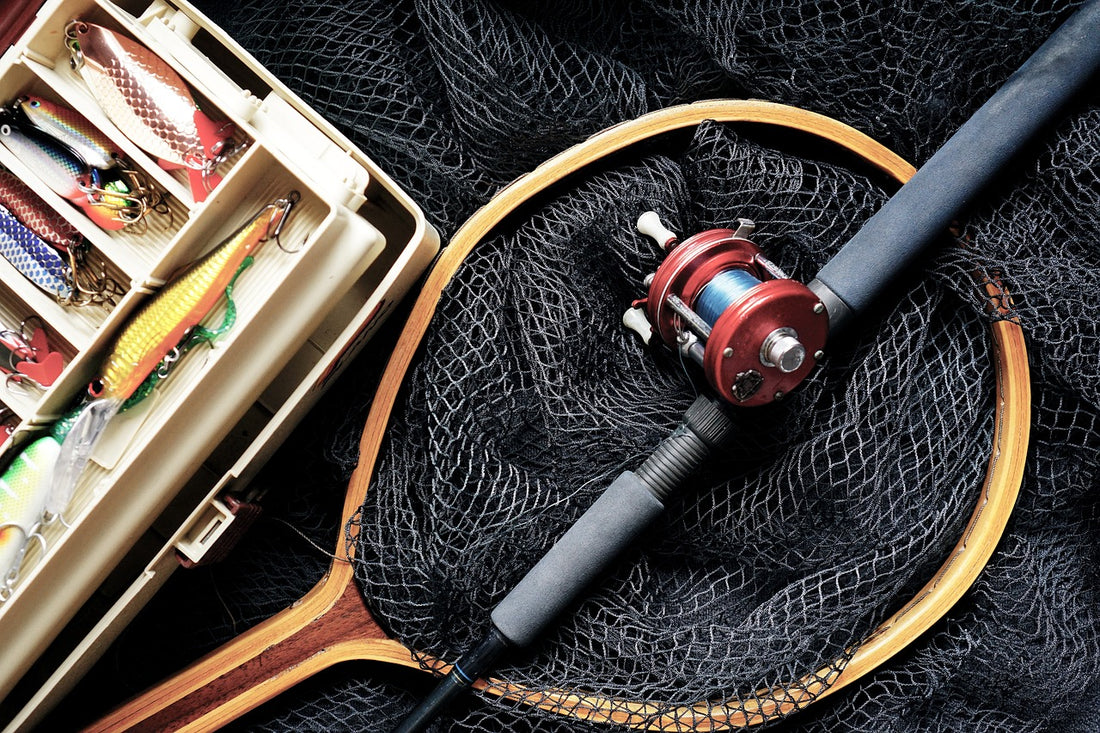
Why does my fishing reel go backwards? How do I fix it?
Share
When your fishing reel starts to go backward, it typically indicates an issue with the anti-reverse mechanism.
The anti-reverse feature on a fishing reel is designed to prevent the reel from spinning backward, allowing you to set the hook and reel in fish more effectively.
Here's why this might be happening and how you can fix it:
Reasons Why Your Reel Goes Backwards:
1. Anti-Reverse Switch is Off: Many spinning reels have a switch that allows you to turn the anti-reverse on and off. The first step is to check this switch to ensure it has yet to be accidentally disengaged.
2. Worn or Damaged Anti-Reverse Mechanism: Over time, the internal components responsible for the anti-reverse function, such as gears or bearings, can wear out or become damaged, leading to reel backspin.
3. Dirt, Sand, or Corrosion: Foreign particles or corrosion inside the reel can interfere with the proper functioning of the anti-reverse mechanism.
How to Fix It:
1. Check the Anti-Reverse Switch: Locate the anti-reverse switch on the reel and ensure it's in the correct position. If it's off, flip it to engage the anti-reverse.
2. Clean and Lubricate the Reel: If dirt or corrosion is the issue, thoroughly clean the reel. Disassemble the reel according to the manufacturer's instructions, clean all parts with a gentle cleaner, and then lubricate moving parts with reel oil.
3. Inspect for Wear and Damage: While disassembling the reel, inspect the anti-reverse mechanism and other internal components for signs of wear or damage. Look for worn gears, damaged bearings, or any parts that seem out of place.
4. Replace Damaged Components: If any parts are worn out or damaged, replace them. You can find replacement parts from the reel's manufacturer or a fishing tackle shop. For parts related to the reel's anti-reverse mechanism, refer to the reel's schematic, often included in the manual or available on the manufacturer's website.
5. Reassemble and Test: After cleaning, lubricating, and replacing any necessary parts, reassemble your reel carefully, following the manufacturer's guidelines. Once reassembled, test the reel to ensure the anti-reverse function is working correctly.
If, after these steps, your reel still malfunctions, it may require professional service. Specialized tools or expertise are sometimes needed to properly diagnose and repair reel issues.
Visiting a local tackle shop or contacting the manufacturer for service recommendations can be helpful.
For all your fishing gear maintenance needs, including tools, lubricants, and expert advice, visit Finned Fishen(Premium Fishing Gear & Equipment | FinnedFishen Australia).
Our selection is designed to keep your fishing equipment in top condition, ensuring you get the most out of your time on the water.